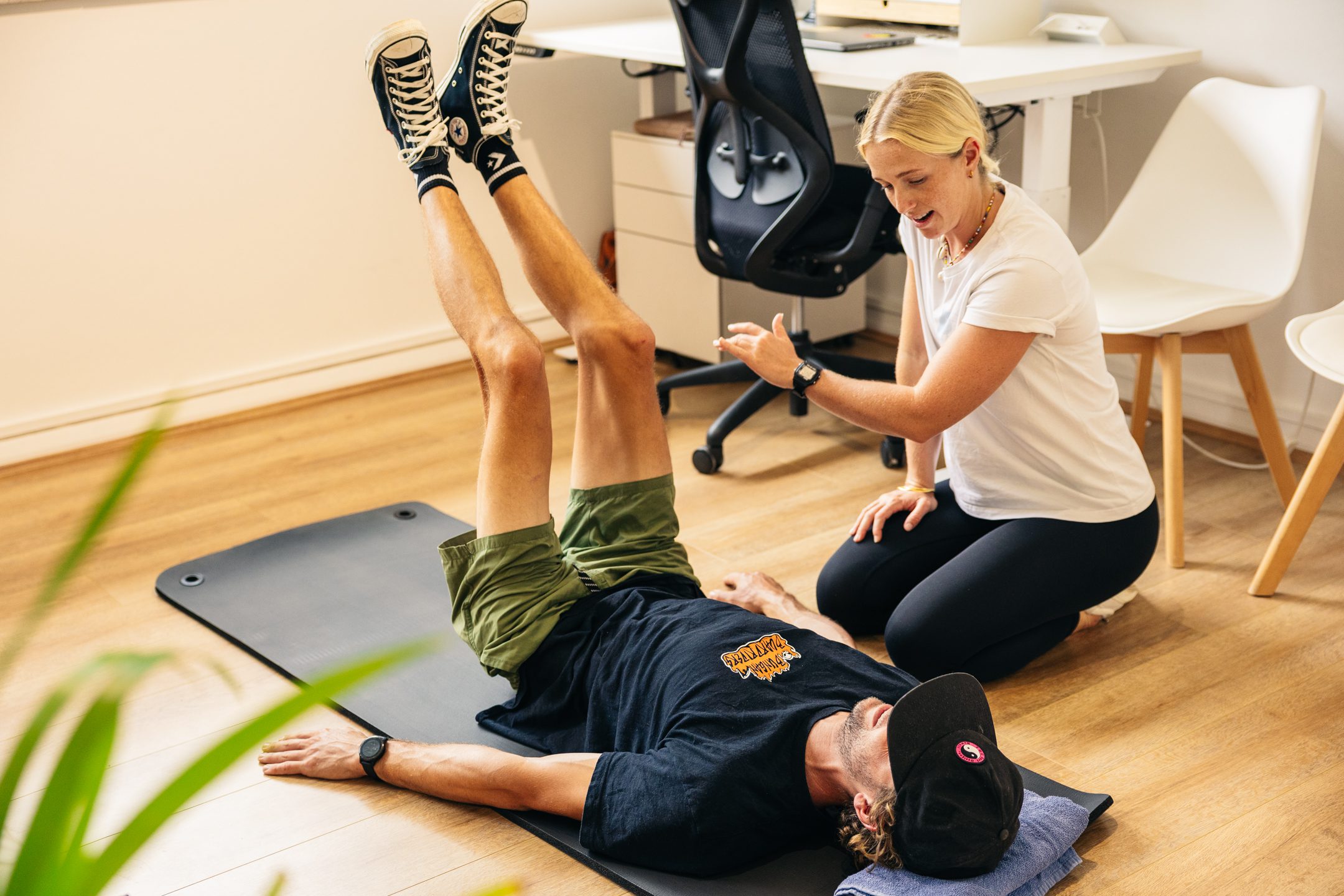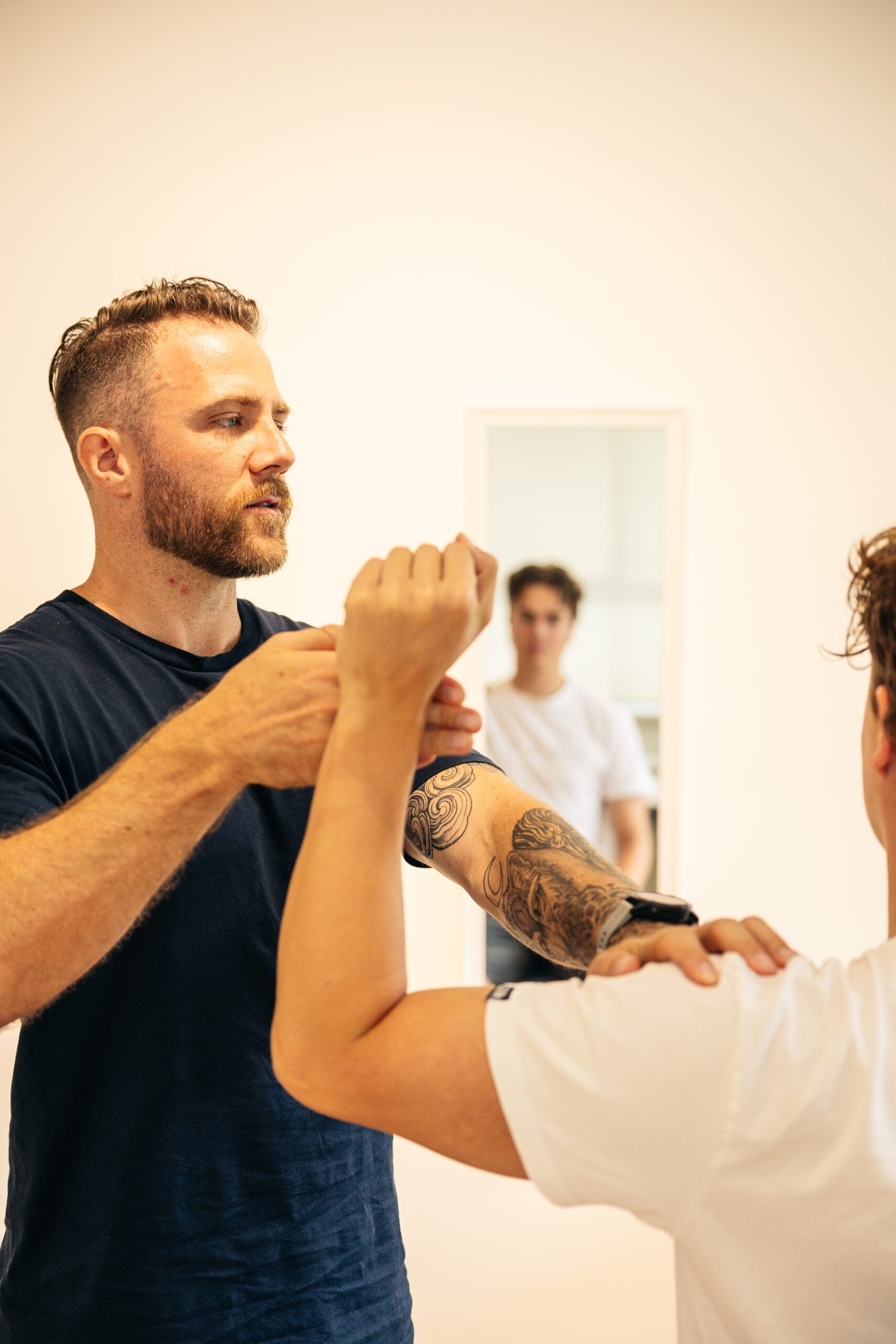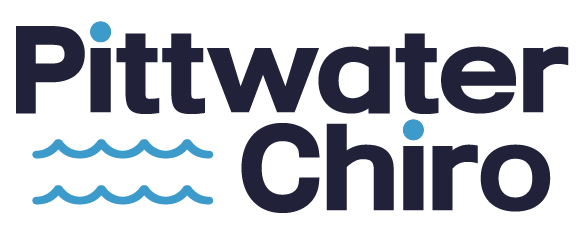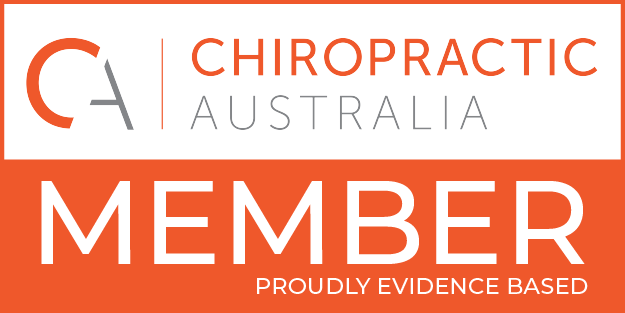Dr Jess Milsom
It’s a common misconception that chiropractors should only be sought after when you have back pain, neck pain or a headache. It’s commonly believed that if you suffer from an injury to your upper or lower limb, then you should see a physiotherapist. While there is nothing wrong with seeing a physiotherapist, chiropractors have spent the same amount of time studying injuries of the upper and lower limb, and have been taught how to effectively assess, diagnose, and treat upper or lower limb injuries.
Some common conditions we’ve treated here at Life Works Chiropractic include (but are not limited to):
- Upper limb injuries: rotator cuff injuries, tennis elbow, carpal tunnel syndrome and frozen shoulder.
- Lower limb injuries: Sprained ankles, plantar fasciitis, Achilles tendinopathy, meniscal tears, ACL & MCL tears and hip bursitis.
Chiropractors are taught university-level anatomy and physiology for all parts of the body.
To become a chiropractor in Australia, you must complete a bachelor’s degree in health sciences and a Master of Chiropractic. Anatomy – the bodily structure of humans – and physiology – normal functions of the living organism – units are required as part of the undergraduate degree. Chiropractic students are taught in the same classes as physiotherapy students. Alongside those units, chiropractic students complete ‘chiropractic skills’ classes, which are held around three times a week for the entire undergraduate and postgraduate degree.
Chiropractors are thoroughly taught in the assessment, diagnosis, and management of upper and lower limb injuries.
For an entire year and a half of the 5-year degree, these classes focus solely on the assessment, diagnosis, and treatment of injuries of the upper and lower extremities. These injuries are then further studied in the final two years of the postgraduate degree with a sport’s specific focus. To graduate and become a qualified chiropractor, a chiropractic student will have learnt, and assessed on, key orthopedic, neurological, and functional testing of the entire body. As well as that, we are taught and assessed on our ability to incorporate the findings of the testing and form an accurate diagnosis and treatment plan.
Alongside all those units, we are required to complete research units as part of our postgraduate degree. This unit further develops our ability to treat in an evidence-based manner. We are essentially taught how to access the best quality of research and evidence and weed out studies and information which is perhaps biased or untrue. This means the way we assess, diagnose, and manage upper and lower limb conditions is in tune with the best and most current clinical guidelines and recommendations.
Chiropractors can perform manipulations and mobilizations of joints of the upper and lower limbs.
Part of your treatment with a chiropractor can include joint manipulations and mobilizations of the upper or lower limb, depending on the site of the injury. Alongside this, we are taught various soft tissue techniques, including active release, post-isometric relaxation, and simple massage techniques. At Life Works, all our chiropractors are qualified in dry needling. We also offer shockwave and cupping. We have a lot of tools in our tool kit when approaching the treatment of an upper or lower limb injury.
Chiropractors can create safe and effective rehabilitation and exercise programs.
Beyond adjustments and treatment, chiropractors can create tailored rehabilitation programs to safely increase your range of motion, endurance, load tolerance and/or power generation. This is a crucial part of returning from an injury to ensure you don’t reinjure the area when returning to your sport or activity.
Chiropractors can refer and point you in the right direction.
We’re also well-versed in recognizing if your condition needs co-management or referral with another health professional, such as a knee specialist, or other orthopedic specialists.
Chiropractors possess the expertise and knowledge to treat injuries in both the upper and lower limbs effectively. Their holistic approach, extensive training in anatomy and physiology, targeted adjustments, and focus on rehabilitation make them valuable healthcare partners in helping patients recover from musculoskeletal injuries. By considering chiropractic care as a viable treatment option, individuals can find a non-invasive and drug-free path to healing and regaining their optimal limb functionality.







